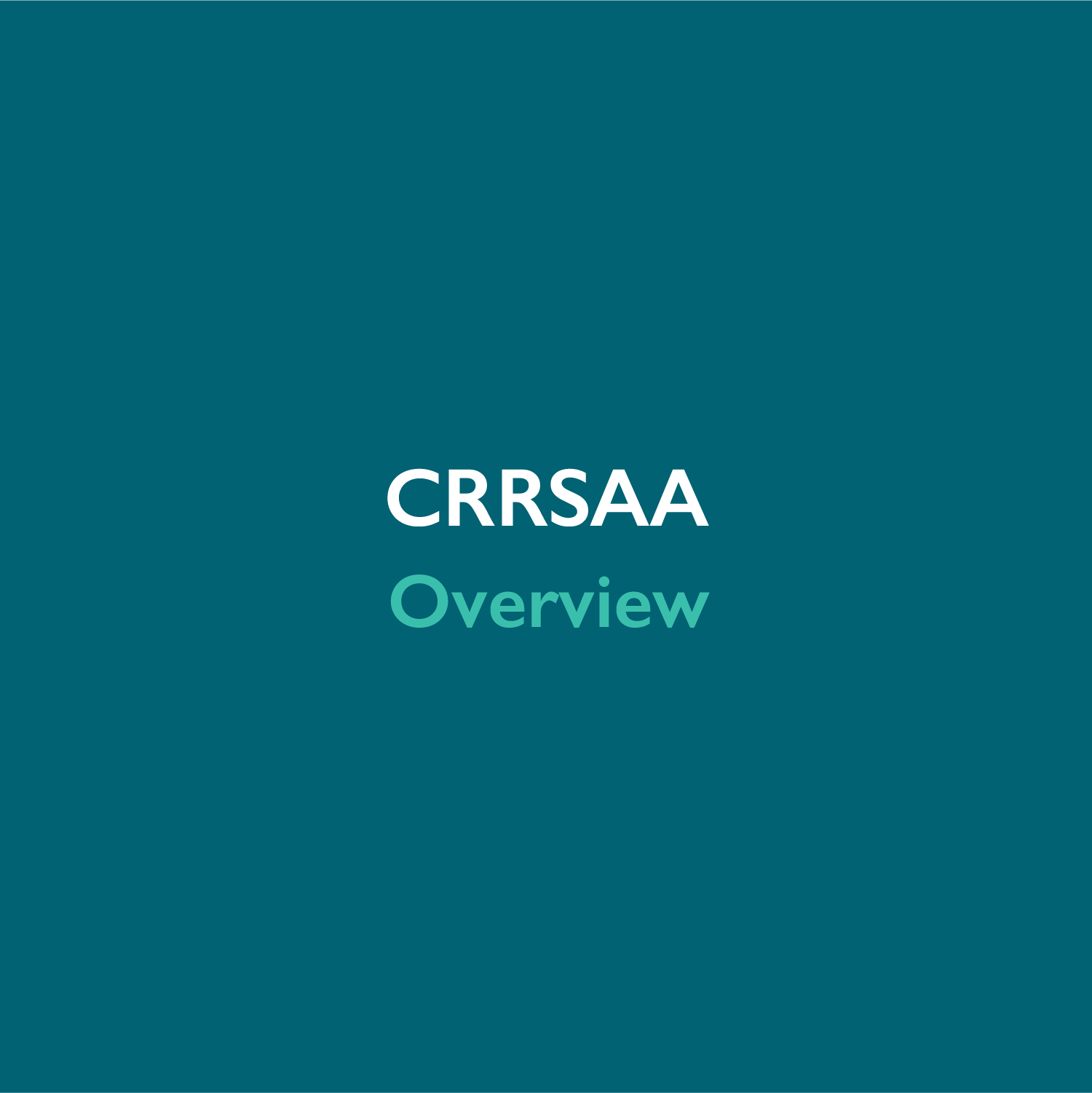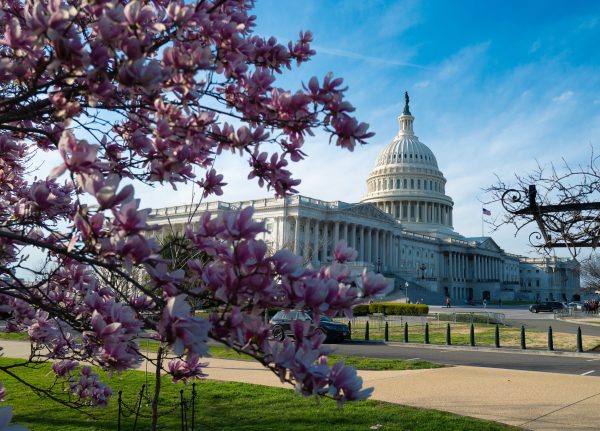By Nicholas Sanchez, J.D., LL.M. Taxation
Sunday night, December 27, 2020, President Trump signed the Consolidated Appropriations Act, 2021, H.R. 133, Division M of which includes the Coronavirus Response and Relief Supplemental Appropriations Act, 2021 (“CRRSAA” or “the Act”). The Act contains many tax provisions, one of the most anticipated being clarification on the deductibility of expenses paid with forgiven Paycheck Protection Program (“PPP”) loan proceeds. Below we highlight some of the most notable changes.
PPP Revisions
The Coronavirus Aid, Relief, and Economic Security Act (“CARES Act”) established the PPP loan program. If you’re not already familiar, the Paycheck Protection Program (PPP) provides forgivable loans to small businesses to pay their employees during the COVID-19 pandemic. (See also: COVID 3.5 Relief Package, Important Clarifications Regarding the PPP and Paycheck Protection Program Flexibility Act).
In April, the IRS issued Notice 2020-32, which clarified that no deduction would allowed for an expense paid with PPP loan proceeds that are forgiven. Then, in November, the IRS issued Rev. Rul. 2020-27, which further clarified that calendar year taxpayers could not deduct eligible expenses in tax year 2020 if the taxpayer had a reasonable expectation of PPP loan forgiveness. The denial of the deduction was contrary to Congress’ intent according to letters and comments made by members of Congress in the wake of IRS’ pronouncements.
The Act remedies the unfavorable tax result, reiterating that forgiven PPP loans are not includible in gross income and clarifying that deductions are allowed for expenses paid with proceeds of forgiven PPP loans. The effective date of this provision is the date of enactment of the CARES Act. The Act also provides that owners of pass-through entities (S-corporations and partnerships) will received a step-up in basis with respect to PPP loan forgiveness.
The Act also contains the following notable changes to the PPP loan program among others:
- Allows a “Second Draw” forgivable loan for small businesses and non-profits with 300 or fewer employees and that suffered a 25% or greater reduction in gross receipts in any quarter during 2020 when compared to the same quarter in 2019;
- Expands PPP eligibility to certain 501(c)(6) nonprofits, as well as hospitals, newspapers, TV and radio broadcasters, and housing cooperatives;
- Allows for small businesses in the restaurant and hospitality industries to receive larger PPP loans (3.5 times average total monthly payroll instead of 2.5);
- Simplifies the forgiveness application for loans of $150,000 or less;
- Removes the the requirement that EIDL Advances be deducted from the PPP forgiveness amount;
The Act adds the following as eligible expenses:
- Expenses for software, cloud computing, and other human resources and accounting needs.
- Costs related to property damage due to public disturbances that occurred during 2020 that are not covered by insurance.
- Expenditures to a supplier pursuant to a contract, purchase order, or order for goods in effect prior to taking out the loan that are essential to the recipient’s operations at the time at which the expenditure was made. Supplier costs of perishable goods can be made before or during the life of the loan.
- Costs for personal protective equipment (PPE) and expenditures made by the borrowers necessary to comply with federal health and safety guidelines or any equivalent state and local guidance related to COVID-19 between March 1, 2020 and the end of the national emergency declaration.
Borrowers of a Second Draw PPP loan are eligible for loan forgiveness equal to the sum of their payroll costs, as well as covered mortgage, rent, and utility payments, covered operations expenditures, covered property damage costs, covered supplier costs, and covered work protection expenditures incurred during the covered period. Borrowers may choose between 8 and 24 weeks after loan origination. Borrowers must continue to use at least 60% of PPP loan proceeds on payroll costs while the remaining 40% may be used on non-payroll costs. Loan forgiveness is reduced to the extent this allocation is not maintained.
Payroll Tax Changes
The Act extends the refundable payroll tax credits for Families First Coronavirus Response Act (“FFCRA”) paid sick and family leave through the end of March 2021 and permits individuals to elect to use their average daily self-employment income from 2019 rather than 2020 to compute the credit.
The Act also extends the repayment period for the Employee Payroll Tax Deferral through December 31, 2021.
Employee Retention Credit Changes
The Act extends the employee retention credit (“ERC”) created under the CARES Act through June 30, 2021. The Act also increases the credit to 70% from 50% of “qualified wages” and increases the amount of such wages eligible for the credit to $10,000 per quarter from $10,000 per year. The Act also makes the following additional changes to the ERC:
- Reduces to 20% from 50% the year-over-ear decline in gross receipts that a taxpayer must have suffered to be eligible for the ERC;
- Provides a prior-quarter gross receipts safe harbor for eligibility determination;
- Increases the number of employees included in the qualified wage base to 500 from 100 for “large employers”; and
- Allows new employers to claim the credit.
The Act also provides that employers that obtain PPP loans may still qualify for the ERC with respect to wages that are not paid with forgiven PPP proceeds.
Other Provisions
The Act also:
- Temporarily allows a 100% business expense deduction for meals (rather than the current 50%) as long as the expense is for food or beverages provided by a restaurant. This provision is effective for expenses incurred after January 2, 2021 through December 31, 2022.
- Extends the $300 charitable deduction for nonitemizers for 2021 and increases the maximum amount that may be deducted to $600 for married couples filing jointly.
- Repeals the deduction for qualified tuition and related expenses while increasing the lifetime learning credit phaseouts to be consistent with the American opportunity credit effective beginning tax year 2021.
- Provides that residential rental property placed in service before January 1, 2018 and held by an electing real property trade or business is subject to a 30 year recover period.
- Allows taxpayers to refer to earned income from the immediately preceding tax year for purposes of calculating the earned income tax credit (“EITC”), as well as the additional child tax credit for tax year 2020.
- Extends through 2021 the increased charitable contribution deduction limit itemizing taxpayers and corporations (as established by the CARES Act).
- Allows taxpayers to roll over unused amounts in their health and dependent care flexible spending accounts (“FSAs”) from 2020 to 2021 and from 2021 to 2022, and allows employees to make a mid-year change in contribution amounts for 2021.
- Allows residents of qualified disaster areas to take a qualified distribution of up to $100,000 from a retirement plan or individual retirement account (“IRA”) without penalty, include such distribution in income ratably over three years, and recontribute the distribution to the plan or IRA.
- Allows a tax credit of 40% of wages (up to $6,000 per employee) to employers who conducted an active trade or business in a qualified disaster zone.
- Allows corporations to make qualified disaster relief contributions of up to 100% of their taxable income for 2020.
- Allows individuals who have disaster loss to increase their standard deduction amount by the amount of such loss.
Tax Extenders
The Act also includes numerous “tax extender” provisions. The following have been made permanent under the Act:
- IRC § 213(f) reduction in medical expense deduction floor, which allows individuals to deduct unreimbursed medical expenses that exceed 7.5% of adjusted gross income instead of 10%.
- IRC § 179D deduction for energy-efficient commercial buildings (the amount will be inflation-adjusted after 2020).
- IRC § 139B gross income exclusion for certain benefits provided to volunteer firefighters and emergency medical responders.
- IRC § 45G railroad track maintenance credit; however, the credit rate is reduced from 50% to 40%.
The following have been extended for 5 years:
- IRC § 45D new markets tax credit.
- IRC § 45S employer credit for paid family and medical leave.
- IRC § 51 work opportunity credit.
- IRC § 108(a)(1)(E) gross income exclusion for discharge of indebtedness on a principal residence.
- IRC § 127(c)(1)(B) exclusion for certain employer payments of student loans.
- IRC § 168(e)(3)(C)(ii) seven-year recovery period for motorsports entertainment complexes.
- IRC § 181 special expensing rules for certain film, television, and live theatrical productions.
- IRC § 954(c)(6) look-through treatment of payments of dividends, interest, rents, and royalties received or accrued from related controlled foreign corporations under the foreign personal holding company rules.
- IRC § 1391(d) empowerment zone designation.
- IRC § 4611 Oil Spill Liability Trust Fund financing rate.
The following were extended for 2 years:
- IRC § 25D residential energy-efficient property credit (qualified biomass fuel property expenditures are also eligible for the credit now)
- IRC § 45Q carbon oxide sequestration credit through 2025
- IRC § 48 energy investment tax credit for solar and residential energy-efficient property
The following were extended for 1 year:
- IRC § 25C 10% credit for qualified nonbusiness energy property
- IRC § 30B credit for qualified fuel cell motor vehicles
- IRC § 30C 30% credit for the cost of alternative (nonhydrogen) fuel vehicle refueling property
- IRC § 30D 10% credit for plug-in electric motorcycles and two-wheeled vehicles
- IRC § 35 health coverage tax credit
- IRC § 40(b)(6) credit for each gallon of qualified second-generation biofuel produced
- IRC § 45(e)(10)(A)(i) production credit for Indian coal facilities
- IRC § 45(d) credit for electricity produced from certain renewable resources
- IRC § 45A Indian employment credit
- IRC § 45L energy-efficient homes credit
- IRC § 45N mine rescue team training credit
- IRC § 163(h) treatment of qualified mortgage insurance premiums as qualified residence interest
- IRC § 168(e)(3)(A) three-year recovery period for racehorses two years old or younger
- IRC § 168(j)(9) accelerated depreciation for business property on Indian reservations
- IRC § 4121 Black Lung Disability Trust Fund increase in excise tax on coal
- IRC § 6426(c) excise tax credits for alternative fuels and IRC § 6427(e) outlay payments for alternative fuels
- The American Samoa economic development credit
The following were not extended:
- IRC § 1397A increased expensing under IRC § 179 and IRC § 1397B nonrecognition of gain on rollover of empowerment zone investments (for property placed in service in tax years beginning after December 31, 2020)
- The IRC § 1394 empowerment zone tax-exempt bonds and IRC § 1396 empowerment zone employment credit (expire December 31, 2020)
____________________________________
We highly recommend you confer with your Miller Kaplan advisor to understand your specific situation and how this may impact you.



